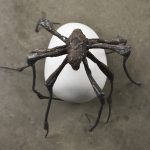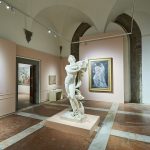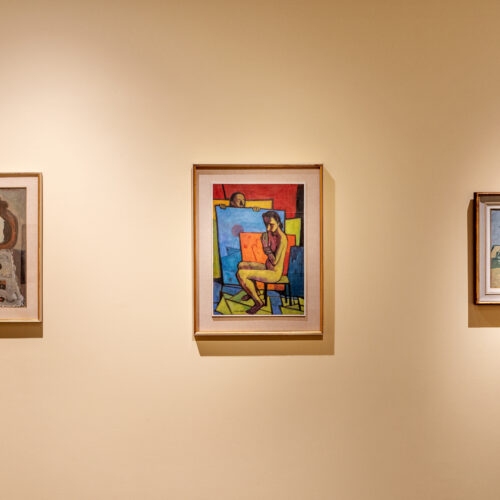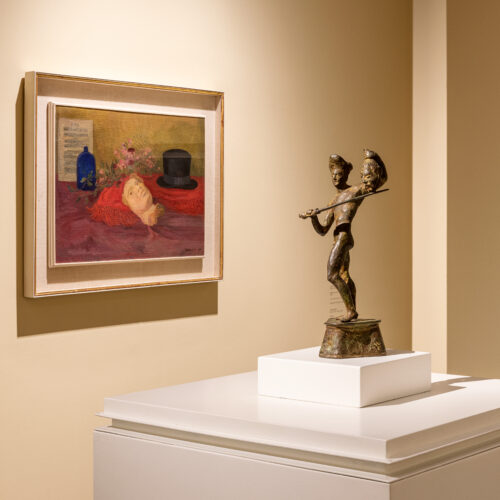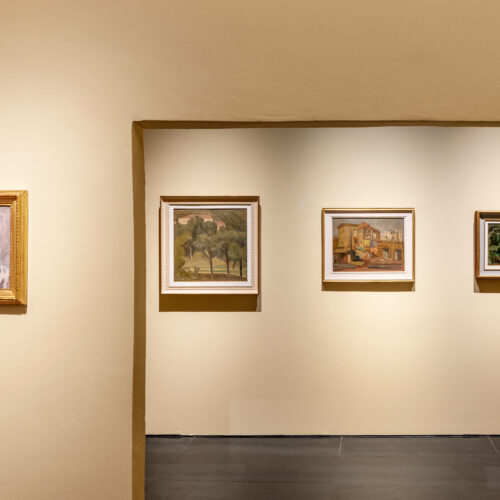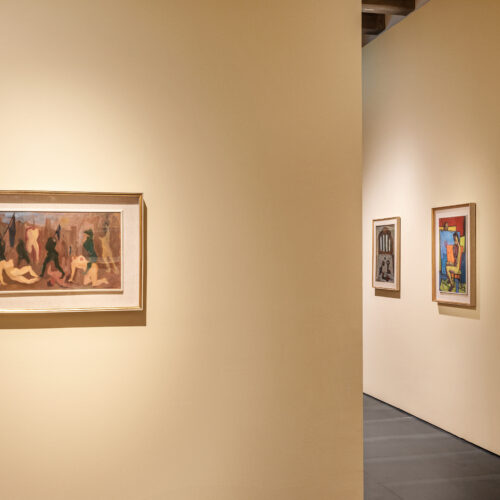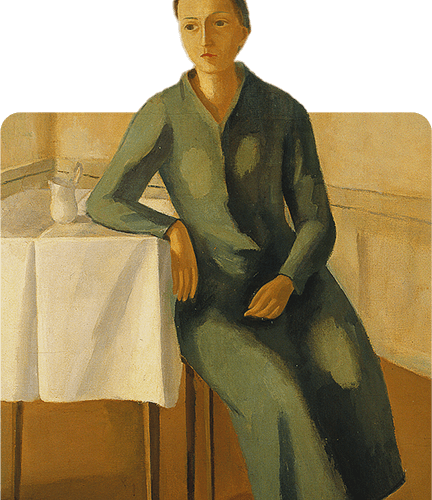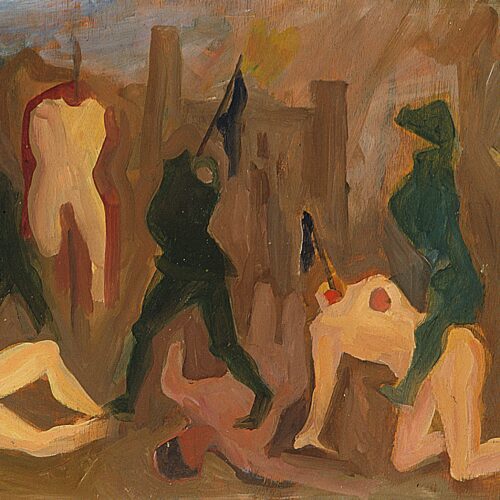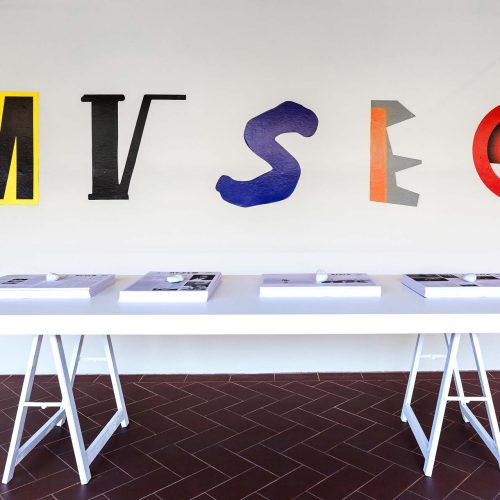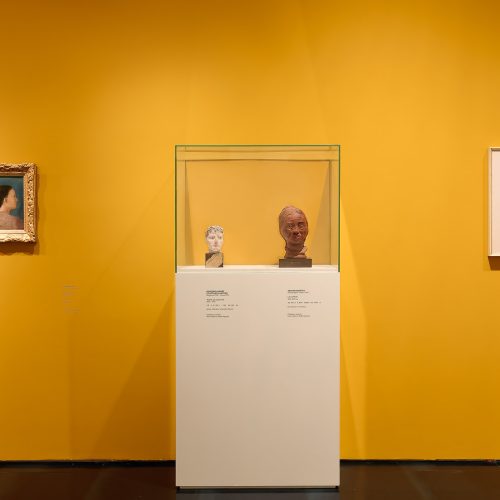RETROSCENA. Stories of resistance and dissidence in the Della Ragione Collection
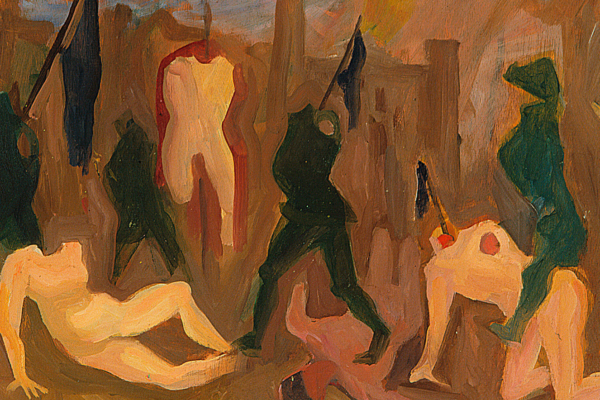
to 02 April 25
From Saturday 28 September 2024 until Wednesday 2 April 2025 the Museo Novecento is pleased to present the exhibition Retroscena – Storie di resistenza e dissidenza nella Collezione Della Ragione, curated by Sergio Risaliti, Eva Francioli and Chiara Toti
About eighty years after the liberation of our country from Nazi-Fascism, the Museo Novecento is questioning the presence in the Alberto Della Ragione Collection of testimonies concerning the relationship between artists and the regime. The fulcrum of the exhibition are the works of masters who lived through, suffered or opposed the policies of Fascism and who were loved and protected by Della Ragione, including Scipione, Mario Mafai, Antonietta Raphaël, Renato Guttuso, Renato Birolli and Emilio Vedova.
The selected works make it possible not only to investigate the choices made by the naval engineer, who established intense human as well as professional relations with many of the artists exhibited here, but also to question the work of these protagonists of Italian art in one of the darkest periods of our recent history.
What emerges, in some cases, is the civil and political commitment that animated some artists during this particularly delicate phase in the history of the 20th century. Emblematic, in this sense, are ‘talking’ paintings such as Massacro by Renato Guttuso and a tablet belonging to the Fantasie series by Mario Mafai.
In others, however, what transpires is a silent ethical and existential torment, sometimes cloaked in a prophetic function. This is the case, for example, of Scipione, an artist who would not live through the entire parable of the regime, but whose creations are characterised by a strong visionary charge and a personal reflection on the meaning of life and death.
Reading between the lines, the exhibition therefore sets out to plumb even seemingly innocuous themes and subjects, linked to tradition, in order to bring out the behind-the-scenes, the places where the artists’ emotions and turmoil are concealed. The emergence of a resistance, both civil and moral, is thus made manifest, which is only revealed by looking beyond what is immediately visible.

